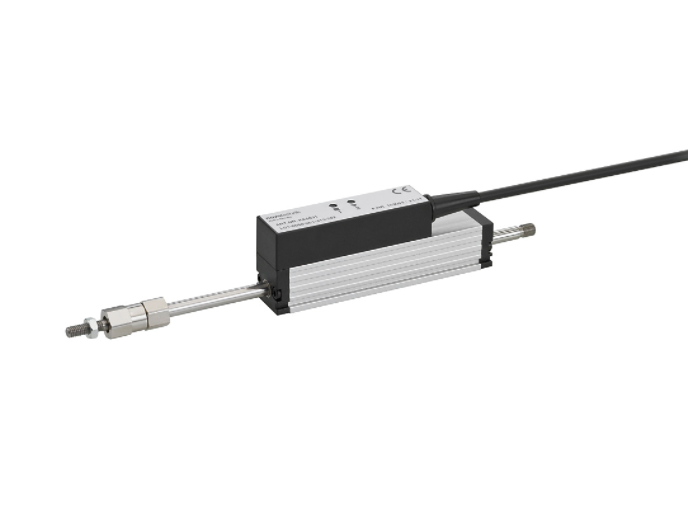Automatic screwdriving is a relatively simple process in the automation industry. For standard products, it’s simply a matter of ensuring the screws are driven in correctly and securely. However, the screwdriving process for automotive parts is much more demanding. This is because cars are among the most complex consumer products. Automated screwdriving for automotive-grade products requires numerous technical considerations.
This system relies primarily on three key factors to ensure a secure screw drive:
① Torque: This system typically requires a torque accuracy of ±0.1 Nm.
Too much torque can easily wear out the base material.
Too little torque can easily cause the component to vibrate and loosen while the car is in motion.
② Displacement sensor: detects whether the screw thread is in place, whether it is floating high, etc.
③ Visual: A photo will be taken before and after screwing. This has two functions:
(1) Assisting in positioning to prevent deviation in the actual position of the screw hole
In addition, optical fiber amplifiers and displacement signal amplifiers are generally added to ensure the stability of information transmission.
Usually, the price of such a system is higher than that of an ordinary civilian car.
(2) Comparative inspection before and after screwing
Post time: Sep-05-2025

